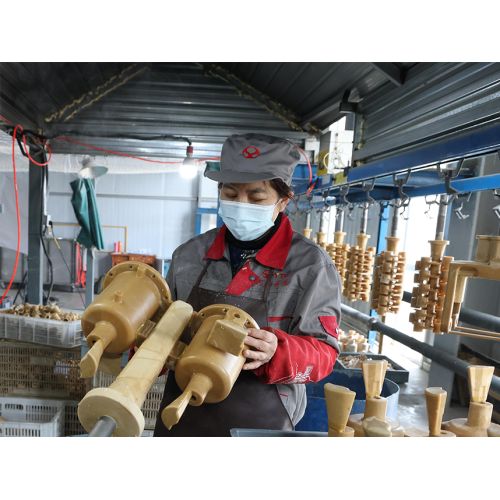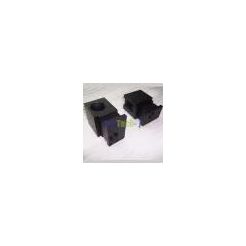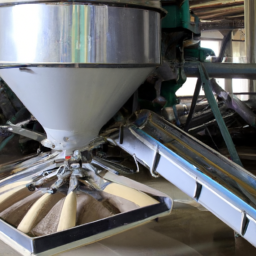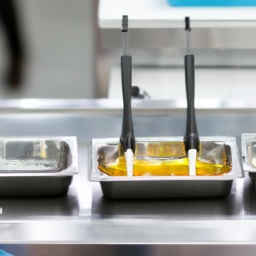Investment Casting
Product Description
https://www.ytc-foundry.com/investment-casting.html
Investment Casting
Investment casting is a manufacturing process in which a wax mold is coated with a refractory ceramic material. Once the ceramic coating material has dried and hardened, the wax melts and leaves the final product geometry in the internal cavity. Molten metal is poured into the cavity where the wax mold is located. The metal solidifies in the ceramic cavity, cools, and then the ceramic is removed from the metal casting. The result of this process is net-accurate to near-net-accurate metal parts that can be used in a wide range of applications in a variety of industries.
The process of investment casting
Investment casting is a manufacturing process in which a liquid material is poured into a ceramic mold that contains a cavity of the desired shape and then allowed to solidify. The solidified part is the casting, which is removed from the ceramic mold to complete the process. The steps in the investment casting process are as follows:
Step 1: Engineering Review
The first step in the manufacturing process is a complete Design for Manufacturing (DFM) review with the customer.
This will include an evaluation of the print dimensions associated with the investment casting process, wax injection pattern build considerations (e.g., gate locations), backshell material requirements and expected tolerances for part fit, form and function, and final inspection criteria to determine a mutually acceptable part.
Step 2: Mold Design and Fabrication
The process begins with a precision-designed wax injection mold to produce a wax mold representative of the final part.
These design considerations are discussed with the mold maker and a mold design is created.
Molds are designed and built to replicate millions of wax parts over their lifetime.
Step 3: Wax Mold
Wax injection molds are quantified and ready for production and sent to the wax chamber for injection and assembly.
In our process, 1 to 100 patterns are injected and placed or bonded onto a pre-made wax runner system (called a “tree” in our process).
Wax part filled trees are also called (part) clusters.
The clusters are then sent to the impregnation room for the next step.
Step 4: Ceramic mold construction
The wax trees are dipped into the ceramic slurry and completely encapsulated. After removal, they are completely encapsulated with sand to form the first layer of the shell and then left to dry.
This sand dipping and wrapping process is repeated 6 to 8 times with a drying period between each time.
By repeating this process, it creates a laminating effect, forming a solid ceramic shell around the wax mold, which is called “investment”. The shell is now run through our drying system for 24 to 36 hours and then the wax is removed from the shell.
Step 5: Dewaxing
The shell, which consists of a wax mold with its ceramic and sand coating, is placed in an autoclave to quickly remove the wax under extremely high pressure and steam heat.
This vessel helps to hold the shell in place and the steam heat quickly melts the wax, creating an empty ceramic mold, hence the name “lost wax” casting.
The ceramic shell is then moved to the casting furnace to begin the casting process.
Step 6: Casting and pouring
The mold is then placed in a high temperature furnace at approximately 1000°C (1832°F) to cure the (square quartz) ceramic mold and prepare it to receive the molten metal.
The cured ceramic mold is removed from the furnace and the molten metal is immediately poured into the mold cup and its subsequent pouring system to completely fill the mold cavity with metal.
Step 7: Removal of the shell and casting
Once the metal has cooled enough to touch, the ceramic mold shell can be detached from the part and the casting can be removed from the now metal tree.
The ceramic shell is brittle and is usually destroyed using water jets, vibration, and other methods.
Once the tree has been cleared of ceramics, the part can be removed from the pouring system using a vibratory saw or liquid nitrogen cutoff.
Step 8: Finishing
Often, the part is removed from the sprue by a post-casting grinding or machining operation.
Further finishing operations such as machining, plating, or heat treating and annealing prior to hardening are required before final inspection and shipment to the customer.








